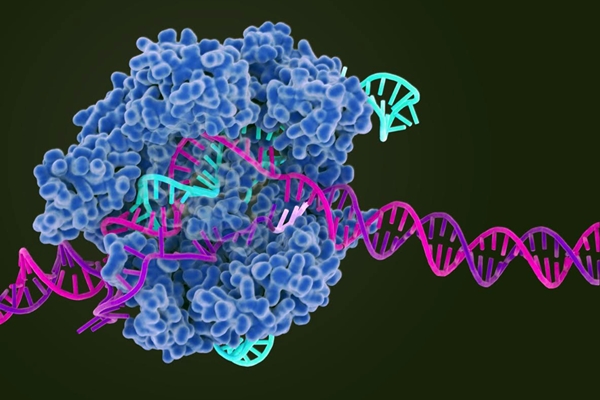27 November 2017. Two biotechnology companies are creating an automated process for delivering large, complex genetic cargoes into cells for genome editing. The project is funded by a €1.6 million ($US 1.9 million) grant from the Eurostars program that supports scientific collaborations between smaller enterprises.
The initiative brings together Sphere Fluidics, in Cambridge, U.K., and Geneva Biotech in Switzerland. Sphere Fluidics develops automated single-cell analysis instruments using labs-on-a-chip where glass or plastic plates are etched with fine channels through which flow tiny specimen samples the company calls picodroplets. Its systems, says Sphere Fluidics, array the microfluidic chips to simultaneously analyze thousands of picodroplets combined with surfactants for stability, which makes it possible to quickly perform a wide variety of analytical functions, such as for diagnostics or drug screening.
The company’s lead product is Cyto-Mine that packages its microfluidic technology to perform a range of analytical steps in one desktop system. Cyto-Mine carries out automated single-cell sorting, analysis, and imaging that Sphere Fluidics says can process up to 10 million mammalian cells in less than a half-day. Each cell is contained in a picodroplet with growth media, creating in effect its own bioreactor.
Geneva Biotech designs gene delivery systems for therapies and other applications using synthetic viruses as the transport mechanism. The company, a spin-off enterprise from the European Molecular Biology Laboratory, specializes in complex, multi-component genetic deliveries for constructing or fixing individual cells in insects or mammals, as well as organs or entire organisms, such as bacteria.
Genome editing is becoming more widely applied across the life sciences for diagnostics, gene therapy, and regenerative medicine, as well as non-medical uses in agriculture and manufacturing. The most widely used genome-editing technique is Crispr — for clustered regularly interspaced short palindromic repeats — a process based on bacterial defense mechanisms that employ RNA to identify and monitor precise locations in DNA.
The Eurostars-financed venture plans to adapt the Cyto-Mine system for precise delivery of large DNA collections into cell lines. Current technologies, say the companies, can make small genetic modifications, but are not yet able to make changes with large collections of genes. The partners say this larger-scale delivery system can advance drug discovery, gene therapy, cancer immunotherapy, and stem cell reprogramming.
The Eurostars program, part of the European Union’s Horizon 2020 initiative, supports small- and medium-size companies conducting research in transnational collaborations to develop innovative products and services. Eurostars-funded projects can last no longer than 3 years and are expected to deliver a new product or service to the marketplace with 2 years of finishing the research.
More from Science & Enterprise:
- Genome Editing Enhances CAR T-Cells to Fight Cancer
- Biotech Licenses Gene Editing for Autoimmune Disorders
- Start-Up Lands $10M for Gene-Editing HIV Treatments
- Viruses Removed from Pig Organs for Human Transplants
- Gene-Edited Skin Grafts Shown to Control Glucose Levels
* * *


 RSS - Posts
RSS - Posts
[…] Large-Scale Genome Editing Technology in Development […]